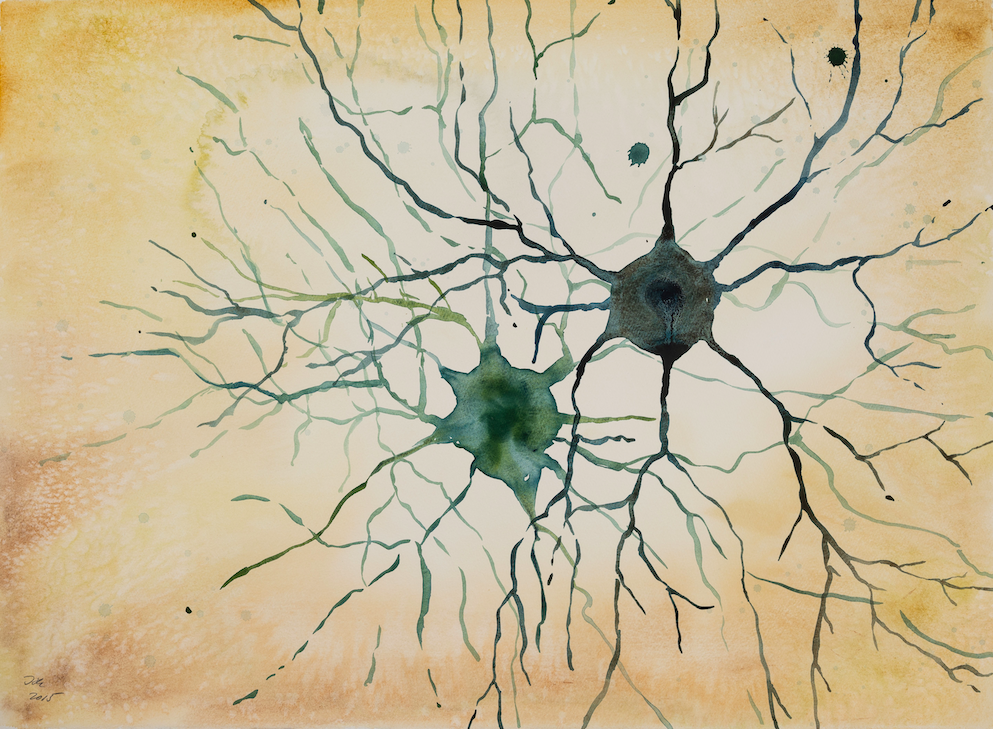Publications
Here is a selection of publications where different laminin isoforms were used to create more authentic cell culture systems.
Patient-specific models of microglia-mediated engulfment of synapses and neural progenitors
Sellgren C.M., Sheridan S.D., Gracias J., Xuan D., Fu T., Perlis R.H.Molecular Psychiatry, 2017
Human fibroblasts were reprogrammed and the resulting iPSC colonies stabilized and expanded under xeno-free conditions by Stemiotics. Colonies were bulk passaged from the most productive well to establish passage 1 (P1) iPSC cultures on Laminin-521 in Nutristem XF media and expanded in the same culture system until at least passage 3 before being frozen down for storage. The iPSC were then used for neural differentiation.
Laminin 511 and WNT signalling sustain prolonged expansion of hiPSC-derived hippocampal progenitors
Keagan Dunville, Fabrizio Tonelli, Elena Novelli, Azzurra Codino, Verediana Massa, Anna Maria Frontino, Silvia Galfrè, Francesca Biondi, Stefano Gustincich, Matteo Caleo , Luca Pandolfini, Claudia Alia, and Federico Cremisi. Development, 2022
The authors identify laminin-511 as a crucial laminin isoform for prolonging the neural stem cell (NSC) state and extending hippocampal NSC proliferation for over 200 days in vitro. Biolaminin 511 supported adhesion and cell cycle progression of the dividing hippocampal progenitors. LN511 was crucial in supporting progenitor proliferation, inhibiting differentiation, and sustaining a gene expression profile responsible for maintaining a hippocampal neurogenic niche for extended periods compared with isoforms LN121, LN332, LN441, and with a mouse laminin product. The study involved a novel protocol for differentiating hippocampal NPCs from human induced pluripotent stem cells via a WNT actuator. The differentiation capability of both young and older NPC populations was retained when tested by xenografting into mice.
Niche-derived laminin-511 promotes midbrain dopaminergic neuron survival and differentiation through YAP
Zhang D., Yang S., Toledo E.M., Gyllborg D., Saltó C., Villaescusa J.C., Arenas E.Sci Signal. 2017
The authors investigated the mechanisms controlling the survival of mDA neurons using embryonic and mDA neurons, midbrain tissue from mice, and differentiated human neural stem cells. The work identifies laminin511-YAP as a key pathway by which niche signals control the survival and differentiation of mDA neurons. Laminin alpha-5 is present in the extracellular matrix surrounding mDA neurons and indeed, the authors found laminin-511 promoted the survival and differentiation of mDA neurons via a novel pathway involving YAP, miR-130a, and PTEN. Laminin-511 bound to integrin a3b1 and activated the transcriptional cofactor YAP. Laminin511-YAP signaling enhanced cell survival by inducing the expression of the microRNA miR-130a, which suppressed the synthesis of the cell death–associated protein PTEN. In addition, laminin511-YAP signaling increased the expression of transcription factors critical for mDA identities, such as LMX1A and PITX3, and prevented the loss of mDA neurons in response to oxidative stress, a finding that warrants further investigation to assess the therapeutic potential for PD patients. The authors propose that by enhancing laminin511-YAP signaling, it may be possible to prevent mDA neuron degeneration in PD or enhance the survival of mDA neurons in cell replacement therapies.
CRISPRi-mediated transcriptional silencing in iPSCs for the study of human brain development
Pia Annette Johansson, Anita Adami, Johan Jakobsson. STAR Protocols, 2022
This protocol describes using CRISPRi-mediated transcriptional silencing in human induced pluripotent stem cells. In addition, it contains an efficient protocol for neural progenitor differentiation. The method is directly applicable to loss-of-function studies in brain development research. Biolaminin 521 (laminin-521) is applied as the cell culture matrix for PSCs and Biolaminin 111 (laminin-111) for hiPSC differentiation into forebrain neural progenitor cells. The protocol is expected to achieve high transduction and silencing efficiency. After two weeks of differentiation, the authors detected no reduction in the percentage of positive cells, and the cerebral organoids had stable transcriptional silencing even after 4 months.
Generation of high-purity human ventral midbrain dopaminergic progenitors for in vitro maturation and intracerebral transplantation
Nolbrant S., Heuer A., Parmar M., Kirkeby A. Nature Protocols, 2017
Generation of precisely patterned neural cells from human pluripotent stem cells (hPSCs) is instrumental in developing disease models and stem cell therapies. Here, the authors provide a detailed 16-d protocol for obtaining high-purity ventral midbrain (VM) dopamine (DA) progenitors for intracerebral transplantation into animal models and for in vitro maturation into neurons. They have successfully transplanted such cells into the rat; however, in principle, the cells can be used for transplantation into any animal model, and the protocol is designed to also be compatible with clinical transplantation into humans. They show how to precisely set the balance of patterning factors to obtain specifically the caudal VM progenitors that give rise to DA-rich grafts. By specifying how to perform quality control (QC), troubleshooting, and adaptation of the procedure, this protocol will facilitate implementation in different laboratories and with a variety of hPSC lines. To facilitate the reproducibility of experiments and enable the shipping of cells between centers, the authors present a method for cryopreservation of the progenitors for subsequent direct transplantation or terminal differentiation into DA neurons. This protocol is free of xeno-derived products and can be performed under good manufacturing practice (GMP) conditions.
